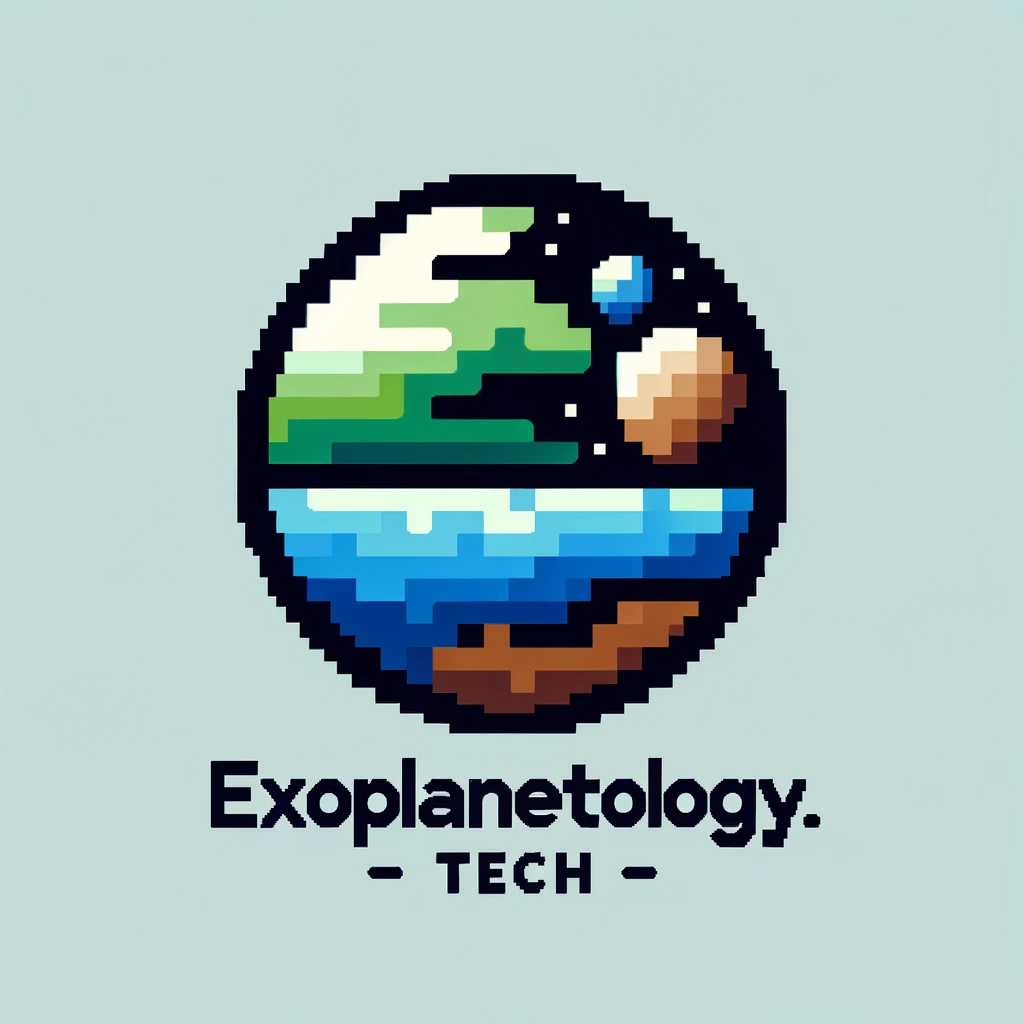Authors:
(1) Youn Kil Jung, Korea Astronomy and Space Science Institute, University of Science and Technology, and The KMTNet Collaboration;
(2) Cheongho Han, Department of Physics, Chungbuk National University and The KMTNet Collaboration;
(3) Andrzej Udalski, Warsaw University Observatory and The OGLE Collaboration;
(4) Andrew Gould, Korea Astronomy and Space Science Institute, Department of Astronomy, Ohio State University, Max-Planck-Institute for Astronomy and The KMTNet Collaboration;
(5) Jennifer C. Yee, Center for Astrophysics | Harvard & Smithsonian and The KMTNet Collaboration;
(6) Michael D. Albrow, University of Canterbury, Department of Physics and Astronomy;
(7) Sun-Ju Chung, Korea Astronomy and Space Science Institute and University of Science and Technology;
(8) Kyu-Ha Hwang, Korea Astronomy and Space Science Institute;
(9) Yoon-Hyun Ryu, Korea Astronomy and Space Science Institute;
(10) In-Gu Shin, Korea Astronomy and Space Science Institute;
(11) Yossi Shvartzvald, Department of Particle Physics and Astrophysics, Weizmann Institute of Science;
(12) Wei Zhu, Canadian Institute for Theoretical Astrophysics, University of Toronto;
(13) Weicheng Zang, Department of Astronomy, Tsinghua University;
(14) Sang-Mok Cha, Korea Astronomy and Space Science Institute and 2School of Space Research, Kyung Hee University;
(15) Dong-Jin Kim, Korea Astronomy and Space Science Institute;
(16) Hyoun-Woo Kim, Korea Astronomy and Space Science Institute;
(17) Seung-Lee Kim, Korea Astronomy and Space Science Institute and University of Science and Technology;
(18) Chung-Uk Lee, Korea Astronomy and Space Science Institute and University of Science and Technology;
(19) Dong-Joo Lee, Korea Astronomy and Space Science Institute;
(20) Yongseok Lee, Korea Astronomy and Space Science Institute and School of Space Research, Kyung Hee University;
(21) Byeong-Gon Park, Korea Astronomy and Space Science Institute and University of Science and Technology;
(22) Richard W. Pogge, Department of Astronomy, Ohio State University;
(23) Przemek Mroz, Warsaw University Observatory and Division of Physics, Mathematics, and Astronomy, California Institute of Technology;
(24) Michal K. Szymanski, Warsaw University Observatory;
(25) Jan Skowron, Warsaw University Observatory;
(26) Radek Poleski, Warsaw University Observatory and Department of Astronomy, Ohio State University;
(27) Igor Soszynski, Warsaw University Observatory;
(28) Pawel Pietrukowicz, Warsaw University Observatory;
(29) Szymon Kozlowski, Warsaw University Observatory;
(30) Krzystof Ulaczyk, Department of Physics, University of Warwick, Gibbet;
(31) Krzysztof A. Rybicki, Warsaw University Observatory;
(32) Patryk Iwanek, Warsaw University Observatory;
(33) Marcin Wrona, Warsaw University Observatory.
Table of Links
- Abstract and Intro
- Observation
- Light Curve Analysis
- Physical Parameters
- Microlensing Planets in the (log s, log q) plane
- Summary and Conclusions
- References
REFERENCES
Alard, C., & Lupton, Robert H. 1998, ApJ, 503, 325
Alcock, C., Allsman, R. A., Axelrod, T. S., et al. 1995, ApJ, 445, 133
Albrow, M. D. 2017, MichaelDAlbrow/pyDIA: Initial release on github, V1.0.0, Zenodo, doi:10.5281/zenodo.268049
Albrow, M. D., Horne, K., Bramich, D. M., et al. 2009, MNRAS, 397, 2099
Beaulieu, J.-P., Bennett, D. P., Fouqu´e, P., et al. 2006, Nature, 439, 437
Bennett, D.P., Rhie, S.H., Nikolaev, S. et al. 2010, ApJ, 713, 837
Bennett, D. P., Sumi, T., Bond, I. A., et al. 2012, ApJ, 757, 119
Bensby, T., Yee, J. C., Feltzing, S., et al. 2013, A&A, 549, 147
Bessell, M. S., & Brett, J. M. 1988, PASP, 100, 1134
Bond, I. A., Abe, F., Dodd, R. J. 2001, MNRAS, 327, 868
Bond, I.A., Udalski, A., Jaroszy´nski, M. et al. 2004, ApJ, 606, L155
Dominik, M. 1998, A&A, 329, 361
Dominik, M. 1999, A&A, 349, 108
Dong, S., Gould, A., Udalski, A. et al. 2009, ApJ, 695, 970
Gaia Collaboration, Brown, A. G. A., Vallenari, A., et al. 2018, A&A, 616, 1
Gaia Collaboration, Prusti, T., de Bruijne, J. H. J., et al. 2016, A&A, 595, A1
Gaudi, B.S. 1998, ApJ, 506, 533
Gaudi, B. S. 2012, ARA&A, 50, 411
Gaudi, B.S., Bennett, D.P., Udalski, A. et al. 2008, Science, 319, 927
Gould, A. 1992, ApJ, 392, 442
Gould, A. 1997, in Variables Stars and the Astrophysical Returns of the Microlensing Surveys, ed. R. Ferlet, J.-P. Maillard, & B. Raban (Gif-sur-Yvette, France: Editions Frontieres), 125
Gould, A. 2000, ApJ, 542, 785
Gould, A. & Gaucherel, C. 1997, ApJ, 477, 580
Gould, A., & Loeb, A. 1992, ApJ, 396, 104
Gould, A., Dong, S., Gaudi, B. S., et al. 2010, ApJ, 720, 1073
Gould, A., Udalski, A., Shin, I.-G. et al. 2014, Science, 345, 46
Griest, K., & Safizadeh, N. 1998, ApJ, 500, 37
Han, C., & Gould, A. 1995, ApJ, 447, 53
Han, C., & Gould, A. 2003, ApJ, 592, 172
Han, C., Udalski, A., Gould, A., et al. 2017, AJ, 154, 133
Han, C., Udalski, A., Gould, A., et al. 2020, AJ, 159, 91
Holtzman, J. A., Watson, A. M., Baum, W. A., et al. 1998, AJ, 115, 1946
Hwang, K.-H., Ryu, Y.-H., Kim, H.-W., et al. 2019, AJ, 157, 23
Hwang, K.-H., Udalski, A., Shvartzvald, Y., et al. 2018, AJ, 155, 20
Ida, S., & Lin, D. N. C. 2004, ApJ, 616, 567
Jung, Y. K., Gould, A., Udalski, A, et al. 2019, AJ, 158, 28
Jung, Y. K., Udalski, A., Gould, A., et al. 2018, AJ, 155, 219
Jung, Y. K., Udalski, A., Sumi, T., et al. 2015, ApJ, 798, 123
Jung, Y. K., Udalski, A., Yee, J. C., et al. 2017, AJ, 153, 129
Han, C. 2006, ApJ, 638, 1080
Kayser, R., Refsdal S., & Stabell, R. 1986, A&A, 166, 36
Kennedy, G. M., & Kenyon, S. J. 2008, ApJ, 673, 502
Kervella, P., Bersier, D., Mourard, D., et al. 2004a, A&A, 428, 587
Kervella, P., Th´evenin, F., Di Folco, E., & S´egransan, D. 2004b, A&A, 426, 297
Kim, D.-J., Kim, H.-W., Hwang, K.-H., et al. 2018, AJ, 155, 76
Kim, S.-L., Lee, C.-U., Park, B.-G., et al. 2016, JKAS, 49, 37
Nataf, D. M., Gould, A., Fouqu´e, P., et al. 2013, ApJ, 769, 88
Paczy´nski, B. 1986, ApJ, 304, 1
Pecaut, M. J., & Mamajek, E. E. 2013, ApJS, 208, 9
Poleski, R., Skowron, J., Udalski, A., et al. 2014, ApJ, 795, 42
Poleski, R., Suzuki, D., Udalski, A., et al. 2020, AJ, 159, 261
Poleski, R., Udalski, A., Bond, I. A., et al. 2017, A&A, 604A, 103
Rattenbury, N. J., Bennett, D. P., Sumi, T., et al. 2015, MNRAS, 454, 946
Rhie, S. H., Bennett, D. P., Becker, A. C., et al. 2000, ApJ, 533, 378
Robin, A. C., Reyl´e, C., Derri´ere, S., & Picaud, S. 2003, A&A, 409, 523
Schneider, P., & Weiss, A. 1986, A&A, 164, 237
Schneider, P., & Weiss, A. 1987, A&A, 171, 49
Skowron, J., Udalski, A., Poleski, R., et al. 2016, ApJ, 820, 4
Skowron, J., Ryu, Y.-H., Hwang, K.-H., et al. 2018, AcA, 68, 43
Sumi, T., Bennett, D. P., Bond, I. A., et al. 2013, ApJ, 778, 150
Sumi, T., Udalski, A., Bennett, D. P., et al. 2016, ApJ, 825, 112
Suzuki, D., Bennett, D. P., Udalski, A., et al. 2018, AJ, 155, 263
Szyma´nski, M. K., Udalski, A., Soszy´nski, I., et al. 2011, AcA, 61, 83
Tomaney, A.B. & Crotts, A.P.S. 1996, AJ, 112, 2872
Udalski, A. 2003, Acta Astron., 53, 291
Udalski, A., Szyma´nski, M., Ka lu˙zny, J., Kubiak, M., & Mateo, M. 1992, AcA, 42, 253
Udalski, A., Szyma´nski, M. K., & Szyma´nski, G. 2015, AcA, 65, 1
Udalski, A., Jaroszy´nski, M., Paczy´nski, B., et al. 2005, ApJ, 628, L109
Wo´zniak, P. R. 2000, AcA, 50, 42
Yee, J. C., Shvartzvald, Y., Gal-Yam, A., et al. 2012, ApJ, 755, 102
Yee, J. C., Zang, W., Udalski, A., et al. 2021, arXiv:2101.04696
Yoo, J., DePoy, D. L., Gal-Yam, A., et al. 2004, ApJ, 603, 139
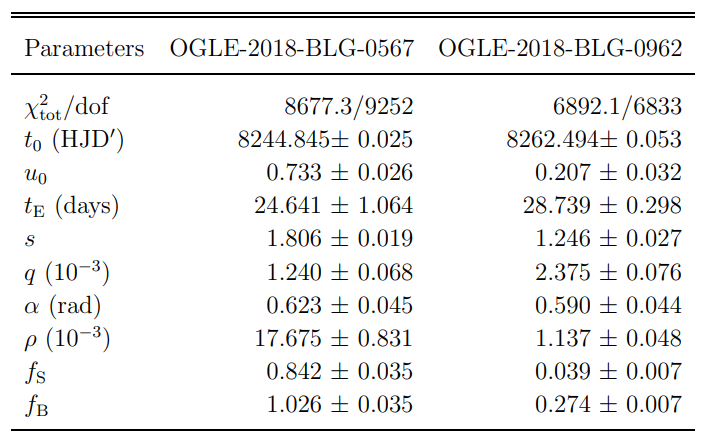
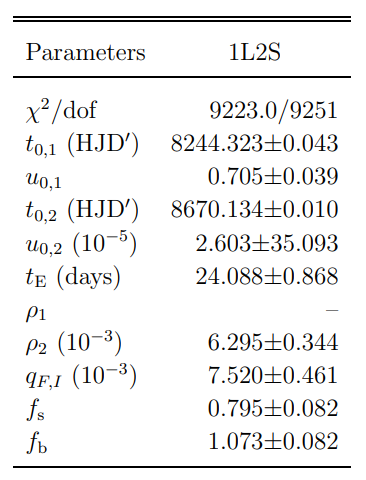
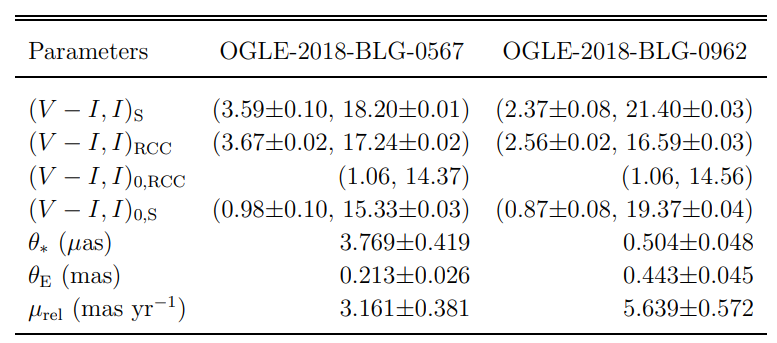
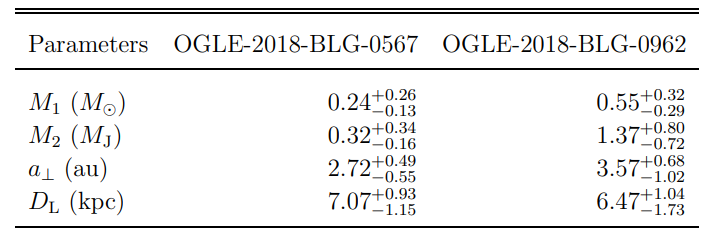
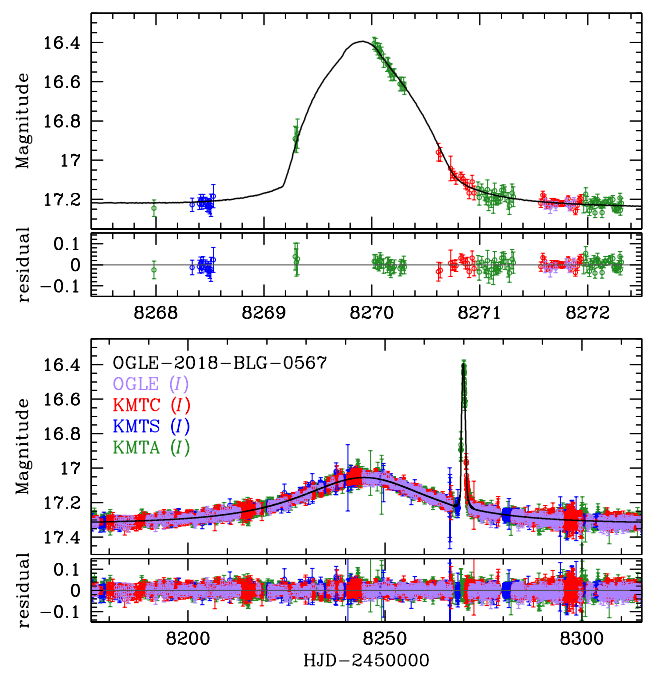
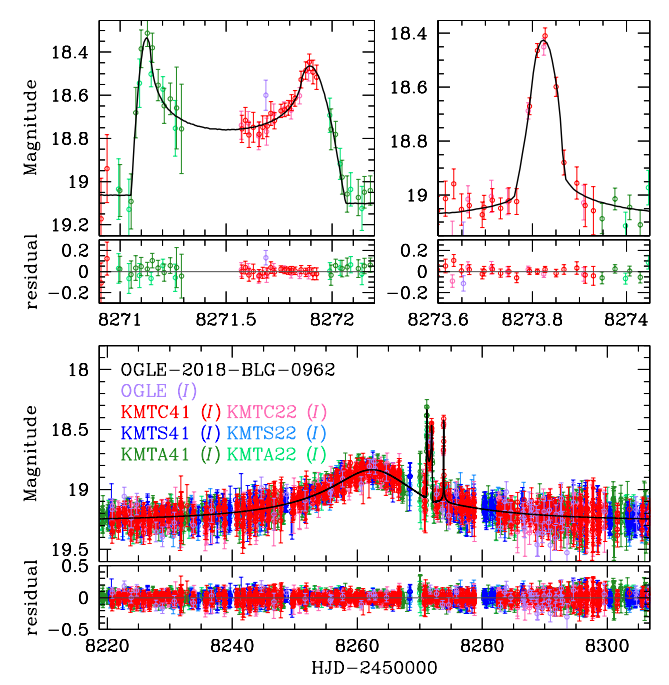
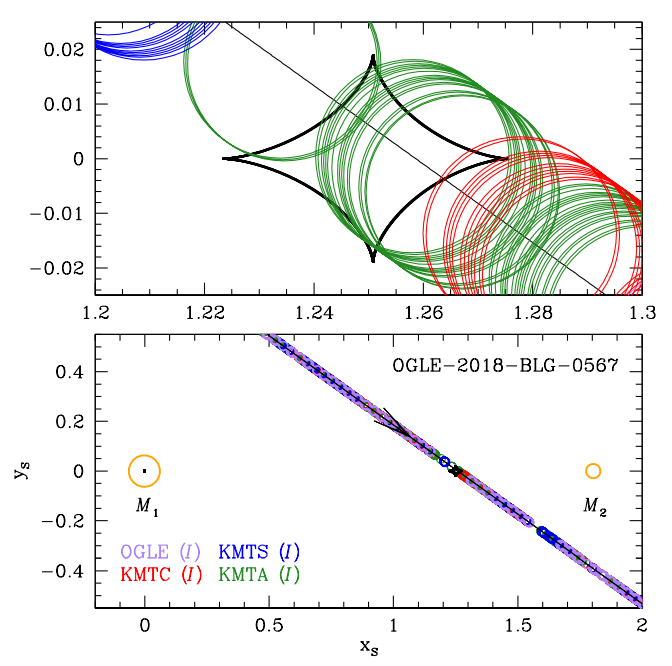
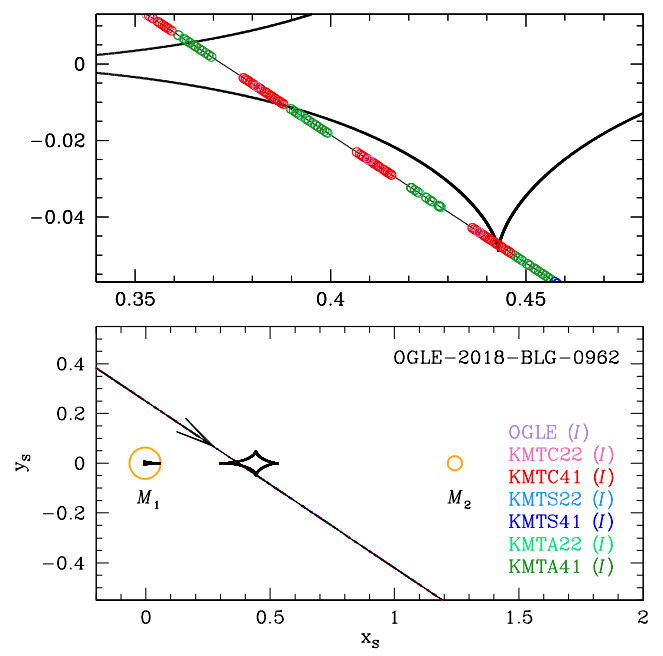
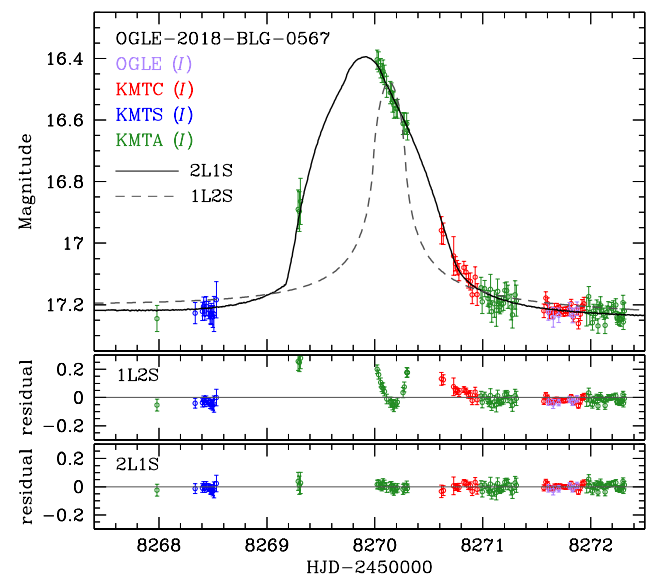
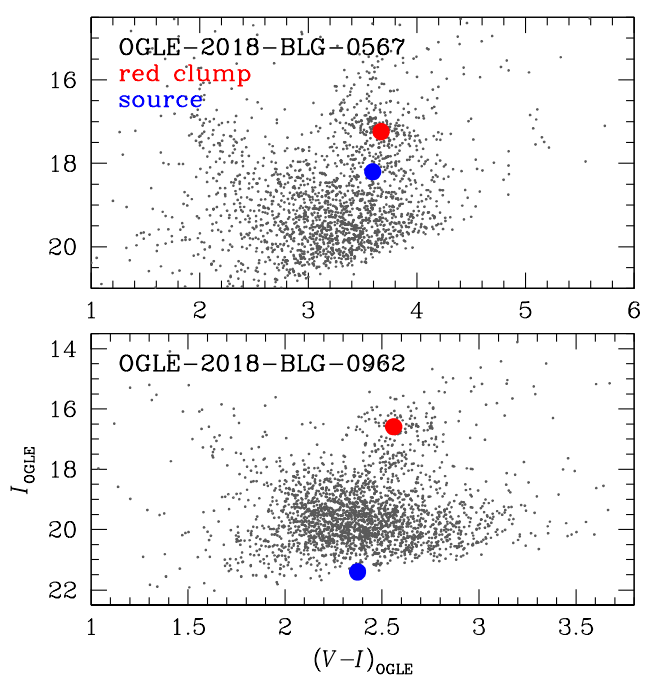
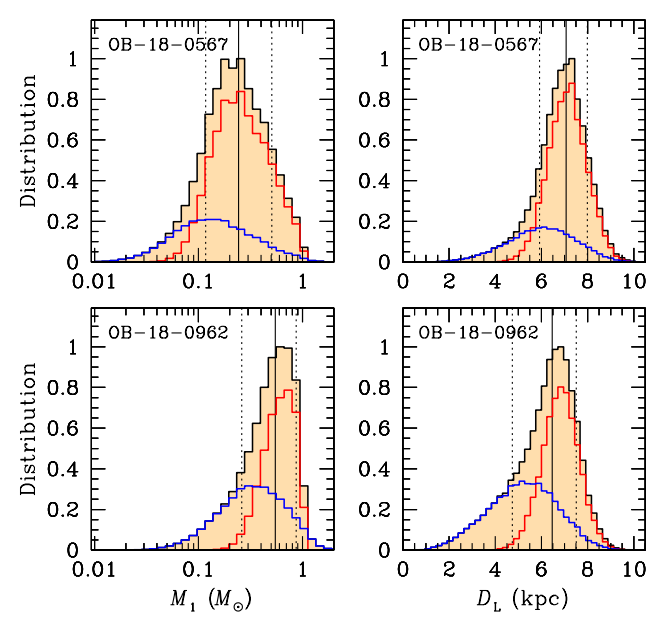
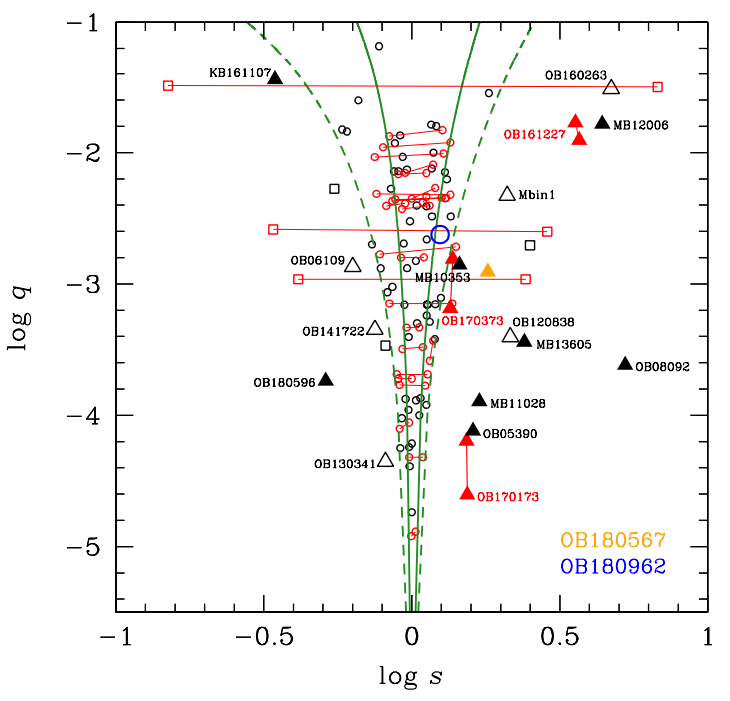
This paper is available on arxiv under CC0 1.0 DEED license.
